
Roots
Consider the quiet strength held within a single strand, its delicate architecture built for resilience, yet so susceptible to the relentless pressures of our world. For generations, before the advent of modern laboratories and synthetic compounds, people looked to the earth and their own ingenious wisdom to care for their hair. This journey into ancient practices is not a mere nostalgic glance backward; it is an invitation to perceive the foundational principles that guarded against breakage, principles often overshadowed by today’s complex regimens.
We seek to understand how early civilizations, through their deep connection to natural cycles and material properties, nurtured hair, preserving its inherent strength and beauty. Their methods, seemingly simple, reveal a profound comprehension of the hair fiber itself, a knowledge passed down through the ages.
Ancient hair practices offer a profound understanding of hair’s inherent strength, nurtured through natural materials and intuitive methods.
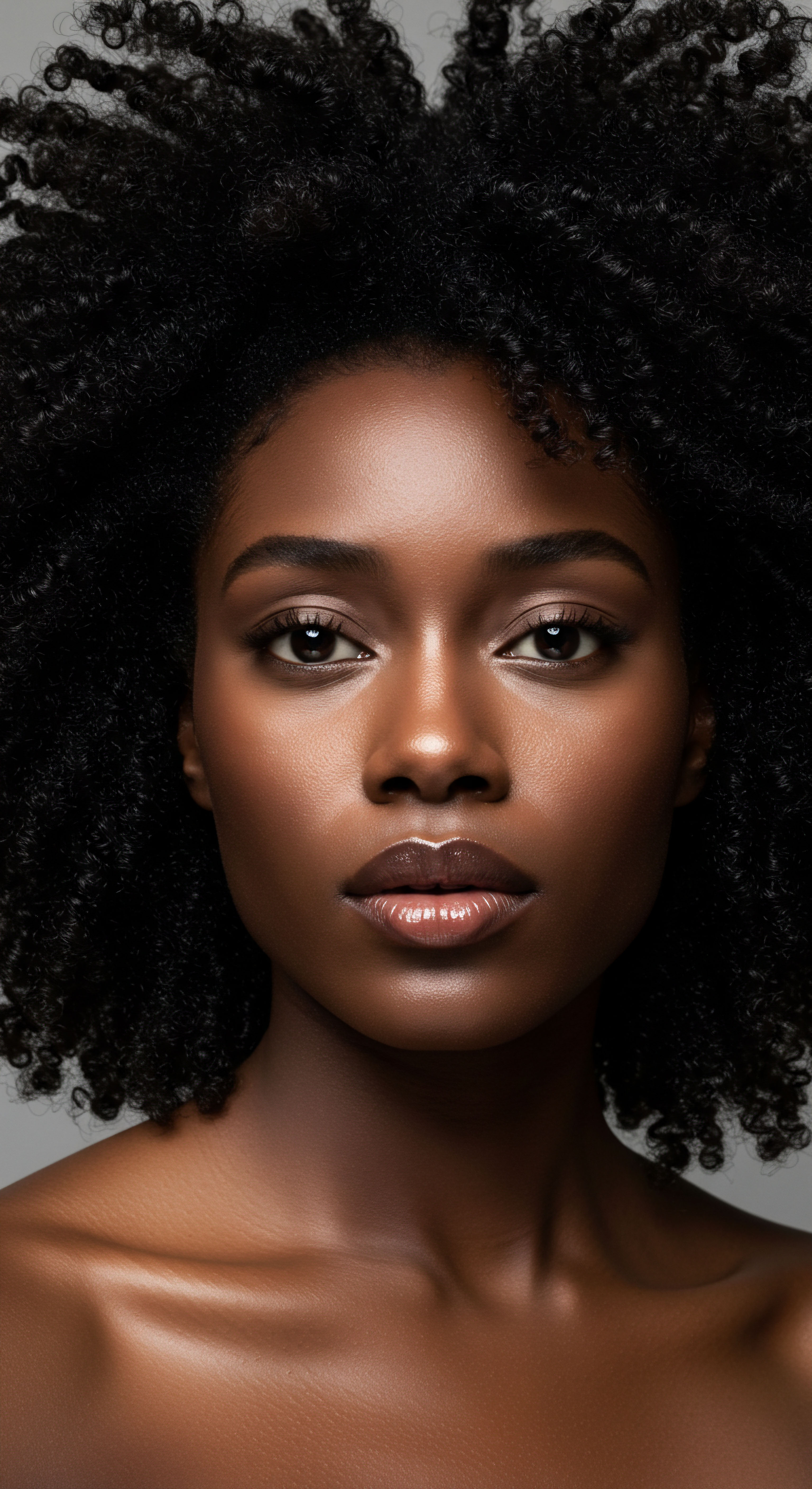
Understanding Hair’s Core
The very structure of hair, a marvel of biological engineering, comprises layers that work in concert to provide strength and flexibility. At its heart lies the Cortex, a bundle of keratin proteins responsible for much of the hair’s tensile strength. Surrounding this is the Cuticle, a protective outer layer of overlapping scales, akin to shingles on a roof. When these scales lie flat and smooth, the hair feels soft, reflects light, and, critically, resists external damage.
Breakage often occurs when the cuticle is lifted, chipped, or eroded, exposing the vulnerable cortex beneath. Ancient peoples, perhaps without microscopes, understood this vulnerability intuitively. They observed how environmental factors—harsh sun, wind, dust—and mechanical forces—combing, styling—compromised hair’s integrity. Their solutions were direct responses to these observed challenges.
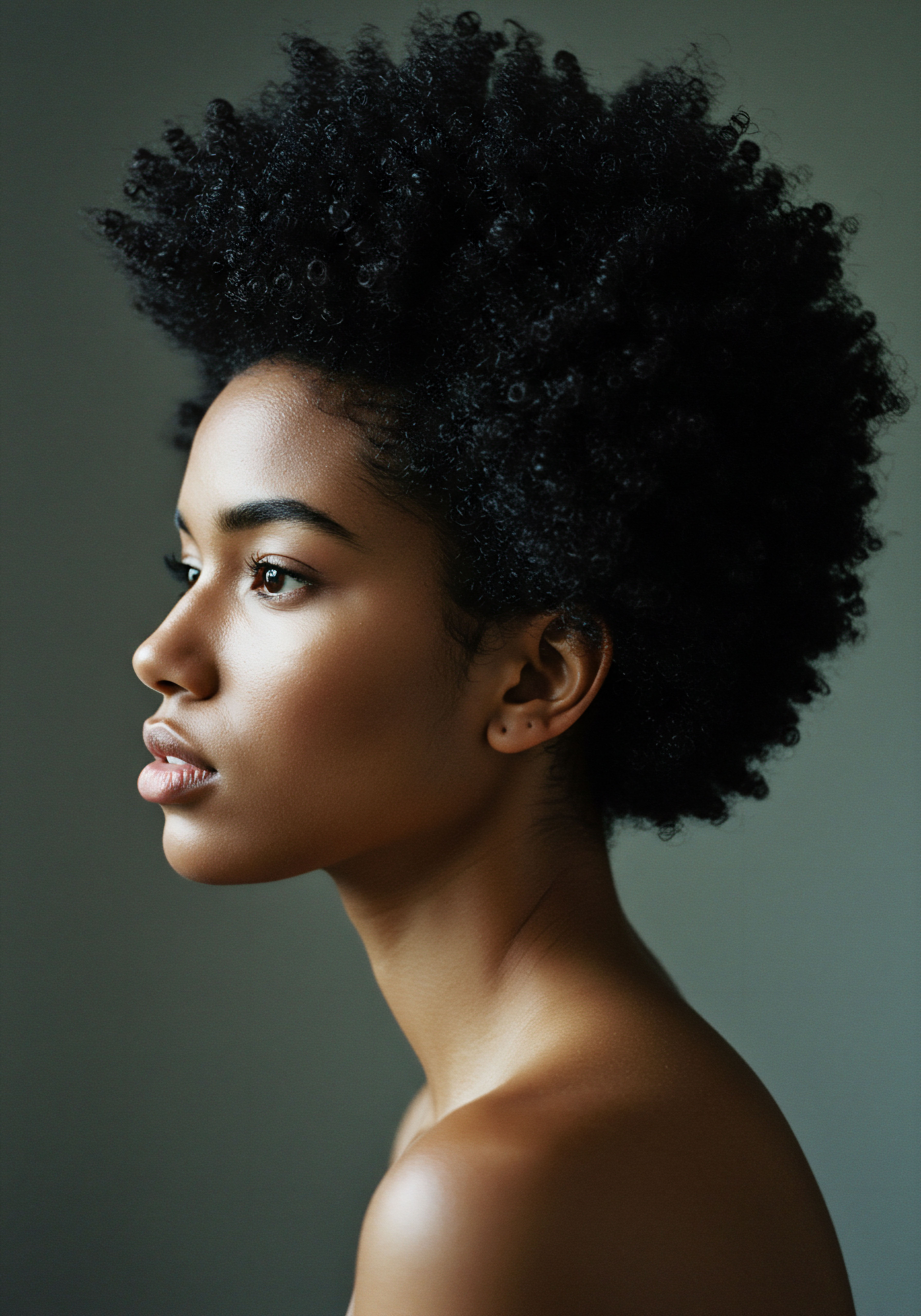
The Hair Fiber’s Natural Defenses
Hair, in its natural state, possesses a degree of inherent defense against damage. The tightly packed protein structure, reinforced by disulfide bonds, gives it remarkable elasticity. Yet, this elasticity has limits. Repeated stress, whether from environmental exposure or manipulation, can lead to what scientists term Fatigue Failure.
This is where ancient practices offered a distinct advantage. They often minimized the very stressors that lead to this fatigue. Instead of daily washing with harsh cleansers that strip natural oils, many cultures practiced infrequent cleansing with gentle, naturally derived saponins. Rather than aggressive detangling, they favored slow, deliberate methods, often aided by emollients.
Consider the role of natural oils and butters, which were central to many ancient hair care systems. These substances, rich in fatty acids, provided a protective barrier on the hair shaft. They helped to smooth the cuticle, reducing friction between individual strands and minimizing the likelihood of snagging and tearing during manipulation. This foundational understanding of lubrication as a defense against mechanical stress is a timeless lesson.
- Cuticle Integrity ❉ Maintaining a smooth, intact cuticle layer is paramount for preventing moisture loss and protecting the inner cortex from damage.
- Tensile Strength ❉ The ability of hair to withstand stretching forces without breaking, largely dependent on the protein structure of the cortex.
- Elasticity ❉ Hair’s capacity to return to its original shape after being stretched, a property preserved by healthy protein bonds.

Ritual
As we consider the rhythm of our daily lives, where routines shape our existence, we might find ourselves reflecting on the conscious practices that define our hair care. For ancient societies, hair care was not merely a cosmetic endeavor; it was a ritual, deeply embedded in daily life, often holding spiritual or social significance. These rituals, performed with intent and precision, formed a practical shield against breakage.
The transition from a foundational understanding of hair to the application of specific techniques marks a shift from knowledge to wisdom, from observation to action. It is in these purposeful acts that the delicate strands found their enduring strength.
Ancient hair rituals, often imbued with cultural meaning, provided a practical framework for preserving hair’s physical integrity.

Protective Styling Principles
One of the most potent strategies against breakage, universally present across diverse ancient cultures, involved protective styling. This was not about temporary aesthetic trends, but about minimizing exposure and manipulation. Styles such as braids, twists, and coils, often intricately executed, served a vital purpose ❉ they bundled individual strands together, reducing friction between them and shielding the hair from environmental aggressors like sun, wind, and dust.

How Did Ancient Styles Guard Against Breakage?
The efficacy of these styles lay in their ability to reduce mechanical stress. Loose hair, when worn down, is constantly rubbing against clothing, furniture, and other surfaces, leading to friction and cuticle damage. Braids and twists, by securing the hair in a stable configuration, significantly decreased this constant abrasion.
Furthermore, these styles often required less frequent detangling, a process that, if done improperly, is a major cause of breakage. The hair, once styled, remained undisturbed for extended periods, allowing it to rest and retain its natural oils.
Consider the practices of various African societies, where intricate braiding patterns were not only statements of identity but also sophisticated methods of hair preservation. The hair was often sectioned with care, and each section braided or twisted with a deliberate, gentle tension that secured the style without straining the scalp or hair shaft.
| Technique Braiding |
| Primary Benefit Reduces mechanical stress |
| Mechanism of Protection Bundles strands, minimizes friction, shields from elements. |
| Technique Twisting |
| Primary Benefit Low manipulation |
| Mechanism of Protection Secures hair, limits daily handling, preserves natural oils. |
| Technique Coiling/Locs |
| Primary Benefit Long-term stability |
| Mechanism of Protection Minimizes detangling, allows for extended periods of rest. |
| Technique These methods collectively reduced external damage and preserved hair's integrity. |

The Role of Natural Conditioners and Cleansers
Beyond styling, ancient rituals incorporated natural ingredients that cleansed gently and conditioned deeply. Clays, plant extracts, and various oils were used to maintain hair’s suppleness. Unlike modern shampoos, which often contain harsh detergents, ancient cleansers typically relied on saponins from plants, providing a milder lather that removed impurities without stripping the hair of its vital lipids.
After cleansing, natural emollients were applied. For instance, in many parts of Africa, shea butter or various botanical oils were regularly massaged into the hair and scalp. These applications provided a protective coating, sealing the cuticle and imparting a soft, pliable texture.
This not only improved the hair’s appearance but also its resilience, making it less prone to tangling and subsequent breakage during manipulation. The intentionality behind these applications, often performed as a communal or familial act, underscored their significance.
These rituals were not quick fixes; they were consistent, gentle applications of wisdom that honored the hair’s natural state. They built a defense against breakage through a combination of physical protection and nourishing care, allowing hair to flourish in its inherent strength.
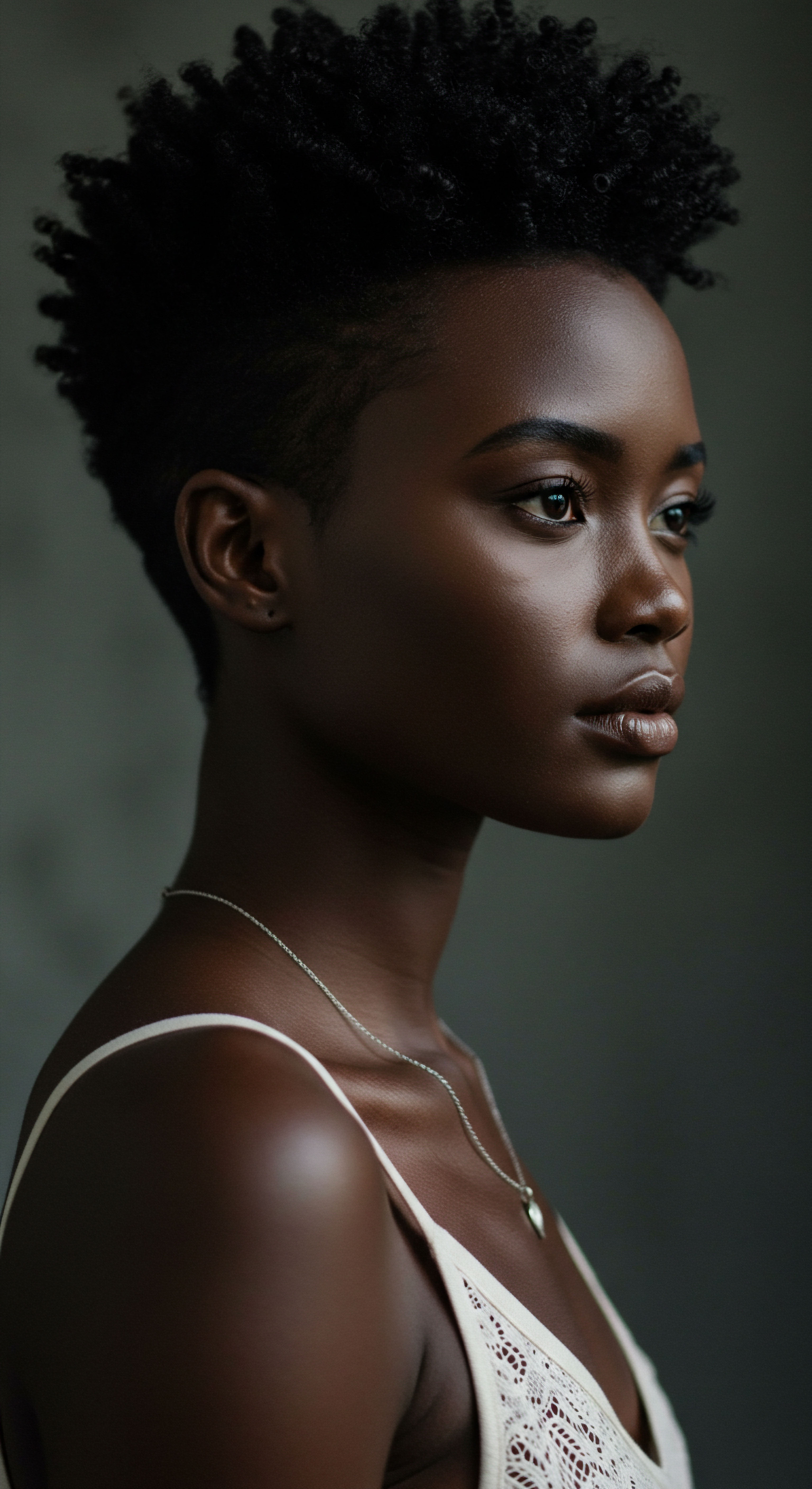
Relay
How might the subtle chemistry of traditional botanical preparations interact with the hair fiber at a microscopic level? Moving beyond surface observations, a deeper inquiry into ancient hair practices reveals a sophisticated interplay of biological understanding, material science, and cultural continuity. This exploration seeks to bridge the gap between ancestral wisdom and contemporary scientific validation, uncovering the profound efficacy of methods that, for millennia, allowed hair to resist the ravages of time and environment. We delve into the less obvious mechanisms by which these practices, often seen as simple, provided robust protection against breakage.
Ancient hair care methods reveal sophisticated mechanisms of protection, often supported by contemporary scientific principles.

The Science of Low Manipulation
The concept of low manipulation, a cornerstone of ancient hair care, directly addresses a primary cause of breakage ❉ mechanical fatigue. Hair, like any fibrous material, has a finite capacity to withstand repeated bending, stretching, and friction before its structural integrity is compromised. Each brush stroke, each tight ponytail, each vigorous towel dry contributes to cumulative stress on the hair shaft. Ancient practices, through their emphasis on stable, long-lasting styles and infrequent, gentle handling, inherently reduced this mechanical burden.
For instance, the widespread practice of braiding and twisting hair, often secured with natural fibers or adornments, meant that hair was manipulated far less frequently than is common in many modern routines. This deliberate reduction in external forces allows the hair’s cuticle to remain smoother and more intact, thereby preserving the internal cortical structure. A seminal text in hair science, The Science of Hair Care edited by C. Bouillon and J.
Wilkinson (2005), underscores the importance of reduced friction and external manipulation in preserving hair’s structural soundness. This academic work highlights how Repeated Mechanical Stress—from brushing, styling, and environmental exposure—significantly compromises the hair shaft’s integrity. Ancient traditions, through practices like careful coiling, braiding, and the application of natural emollients, inherently minimized these detrimental forces. This principle, validated by modern scientific understanding of fiber mechanics, was a silent guardian against breakage.

Do Ancient Botanical Applications Strengthen Hair’s Structure?
Beyond mechanical protection, ancient cultures extensively utilized botanical compounds, whose properties are only now being fully explored by modern science. Many plants used in traditional hair care contain mucilages, saponins, and various polyphenols. Mucilages, for example, found in plants like marshmallow root or slippery elm, form a slippery, protective film on the hair shaft.
This film reduces inter-fiber friction, making detangling easier and preventing breakage during styling. Saponins, naturally occurring cleansing agents, offer a gentle alternative to harsh surfactants, allowing hair to be cleaned without excessive stripping of its natural lipids, which are vital for cuticle health.
Consider the use of natural oils and butters, such as shea butter, coconut oil, or argan oil, all with histories stretching back centuries. These lipids are not merely superficial conditioners. Research has shown that certain oils, particularly those with smaller molecular structures like coconut oil, can penetrate the hair shaft, reducing protein loss during washing and increasing hair’s flexibility.
This internal reinforcement, combined with external cuticle smoothing, creates a dual defense against breakage. The application of these emollients often involved slow, deliberate massage, which further distributed the protective agents evenly and stimulated blood flow to the scalp, promoting a healthy environment for hair growth.
| Botanical Category Mucilaginous Plants |
| Mechanism of Action Forms protective, slippery film |
| Benefit for Breakage Prevention Reduces friction, eases detangling, minimizes mechanical damage. |
| Botanical Category Saponin-Rich Plants |
| Mechanism of Action Gentle cleansing action |
| Benefit for Breakage Prevention Cleanses without stripping natural oils, preserves cuticle. |
| Botanical Category Natural Oils/Butters |
| Mechanism of Action Penetrates shaft, coats cuticle |
| Benefit for Breakage Prevention Reduces protein loss, increases flexibility, seals cuticle. |
| Botanical Category Polyphenols/Antioxidants |
| Mechanism of Action Neutralizes free radicals |
| Benefit for Breakage Prevention Protects hair from oxidative stress, maintains structural integrity. |
| Botanical Category These natural compounds offered multifaceted protection against hair degradation. |

The Environmental Shield and Scalp Health
Ancient practices also recognized the interconnectedness of hair health with scalp vitality and environmental protection. Head coverings, often adorned with symbolic significance, served a practical purpose in shielding hair from harsh sun, drying winds, and abrasive dust. This physical barrier reduced direct exposure to UV radiation, which degrades keratin proteins and weakens hair over time, leading to brittleness and breakage.
Scalp care was equally paramount. Many ancient traditions involved regular scalp massages with medicated oils or herbal infusions. These practices stimulated circulation, ensuring optimal nutrient delivery to the hair follicles, which are the very engines of hair growth.
A healthy scalp provides a strong foundation for healthy hair, reducing conditions like dryness, inflammation, or fungal infections that can lead to weakened hair roots and subsequent shedding or breakage. The holistic approach, viewing hair not in isolation but as an extension of overall well-being, allowed for a comprehensive defense against hair fragility.
- Physical Barriers ❉ Head coverings and protective styles acted as a shield against environmental stressors like UV radiation and dust.
- Circulation Stimulation ❉ Scalp massages promoted blood flow, delivering essential nutrients to the follicles for robust hair growth.
- Nutrient Delivery ❉ Topical applications and dietary practices supported hair health from within and without, fostering resilience.
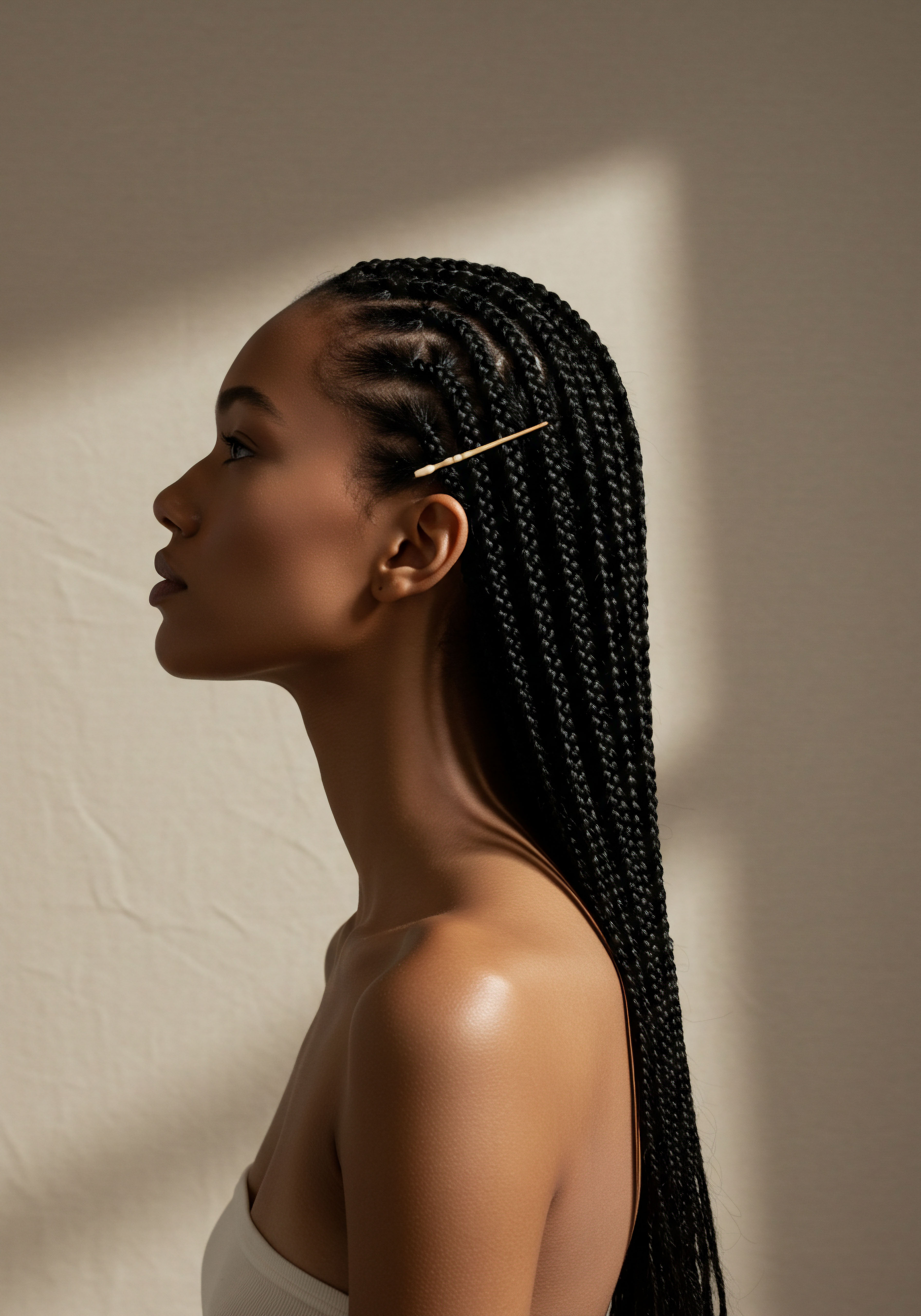
Reflection
The enduring wisdom of ancient hair practices invites us to reconsider our relationship with our hair, not as a separate entity to be chemically altered or mechanically coerced, but as a living part of ourselves, deserving of gentle respect and intentional care. The ancestral blueprint for breakage prevention was not a secret formula, but a profound understanding of the hair’s natural design and its environmental context. It was a philosophy of preservation, rooted in observation, patience, and a deep reverence for the natural world. Perhaps the greatest lesson from these traditions is the value of consistency in gentleness, a timeless principle that continues to whisper its profound truths across the ages.
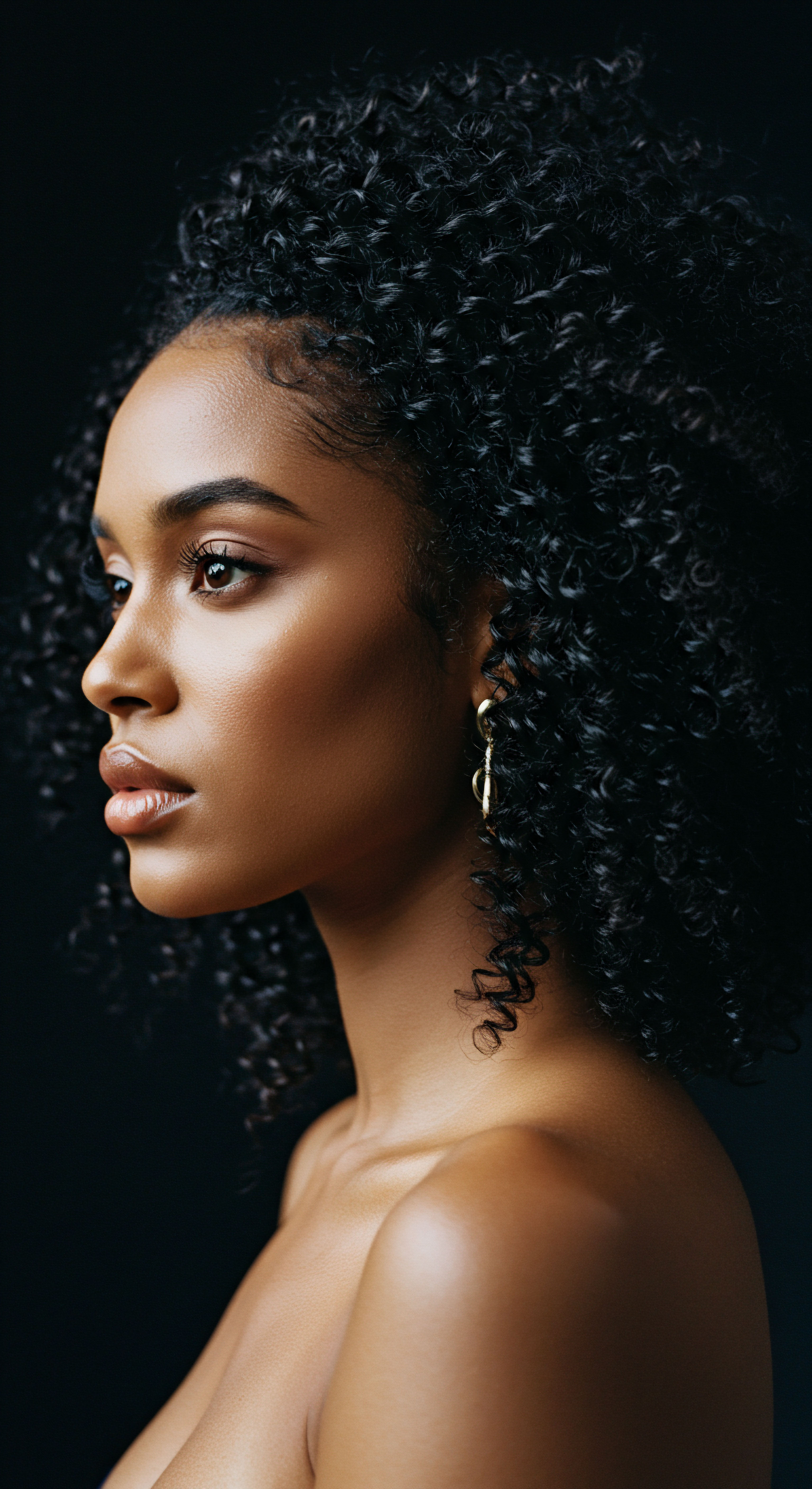
References
- 1. Bouillon, Claude, and John Wilkinson, editors. The Science of Hair Care. CRC Press, 2005.
- 2. Robbins, Clarence R. Chemical and Physical Behavior of Human Hair. 5th ed. Springer, 2012.
- 3. Gavazzoni Dias, Maria Fernanda. “Hair Cosmetics ❉ An Overview.” International Journal of Trichology, vol. 7, no. 1, 2015, pp. 2-15.
- 4. Loden, Marie, and Howard I. Maibach, editors. Dry Skin and Moisturizers ❉ Chemistry and Function. 3rd ed. CRC Press, 2012.
- 5. Draelos, Zoe Diana. Cosmetic Dermatology ❉ Products and Procedures. 3rd ed. Wiley-Blackwell, 2015.
- 6. Trueb, Ralph M. “The value of cosmetics in hair care.” Dermatology, vol. 206, no. 3, 2003, pp. 273-278.
- 7. Yu, Jung Min, et al. “Effects of Plant Extracts on Hair Growth.” Journal of Cosmetic Science, vol. 62, no. 3, 2011, pp. 263-273.